More than three decades since its arcade debut, Mortal Kombat continues to reign as the best-selling fighting game franchise of all time. The thrilling spectacle of intense battles between humans, demons, and otherworldly beings has captivated gamers across generations. With its influence extending beyond gaming to comics, TV series, blockbuster films, and an unforgettable techno theme song, Mortal Kombat has solidified its place in pop culture. Now, with the release of Mortal Kombat 1, the twelfth installment in the mainline series, the franchise embarks on a remarkable journey that pays homage to its roots while introducing bold and radical changes. In this article, we explore the game’s captivating storyline, exhilarating fighting mechanics, and its availability across various gaming platforms.
Everything We Liked About Mortal Kombat 1
Engaging Combat Mechanics, Easy to Master
Mortal Kombat 11 was criticized for its complicated fighting mechanics. Mortal Kombat 1 simplifies the combat system by removing certain features, such as environmental attacks, separate offensive and defensive meters, rolling after falls, wake-up attacks, and crushing blows. However, some features from Mortal Kombat 11, such as momentum-shifting Fatal Blows and Flawless Blocks, return. The game’s combat system is deep yet approachable for casual players.
Mortal Kombat 1 is faster than Mortal Kombat 11. The Kameo fighters are the two main additions to the fighting system. Approximately 20 Kameo fighters can perform various functions, including combo extension, teleportation, projectiles, and extra defense. If a player has a full Kameo and a bar of meter, they can initiate a combo-breaker to get out of trouble. The Kameo fighters make up for the main fighter’s potential weaknesses and can also perform fatalities. With 20 Kameo fighters and 22 core fighters, players can enjoy interesting match-ups and get as meta with the combat as possible.
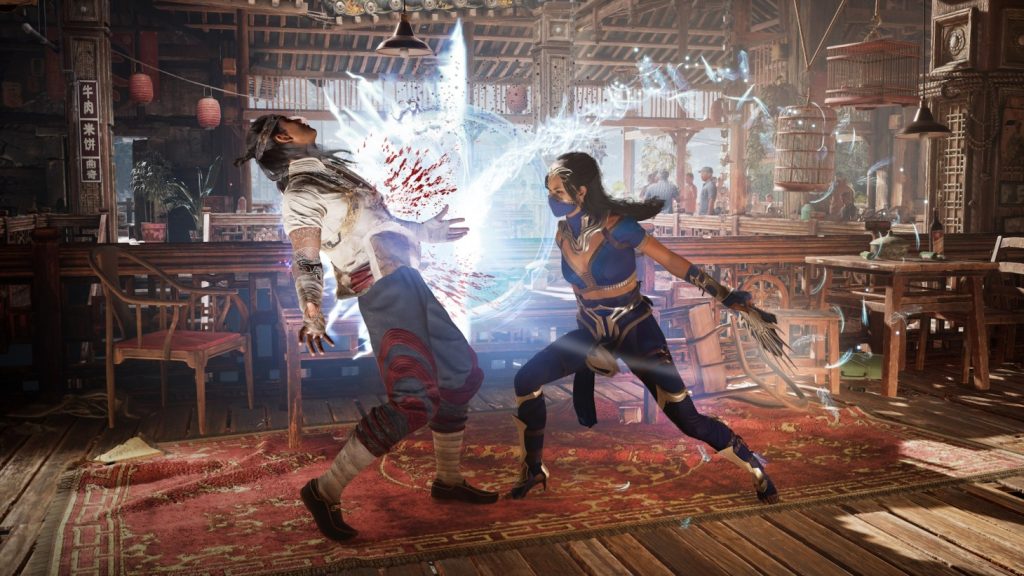
Mortal Kombat 1 expands the aerial combat system, allowing for flashy mid-air sequences through a launcher available to nearly every playable character. Each character has their own options for attacks and combos while in the air. Combat in the air is just as exciting as on the ground. Mortal Kombat 1 offers options for simplified inputs in both special moves and fatalities, making combat more accessible to a broader audience.
Amazing Single-Player Experiences
While rival series such as Street Fighter and Tekken have provided ample solo gameplay options, Mortal Kombat has always been the leader in single-player combat content, and Mortal Kombat 1 is no exception. The game’s single-player content is divided between the story campaign and the new Invasions mode. Both modes aim to improve players’ fighting skills.
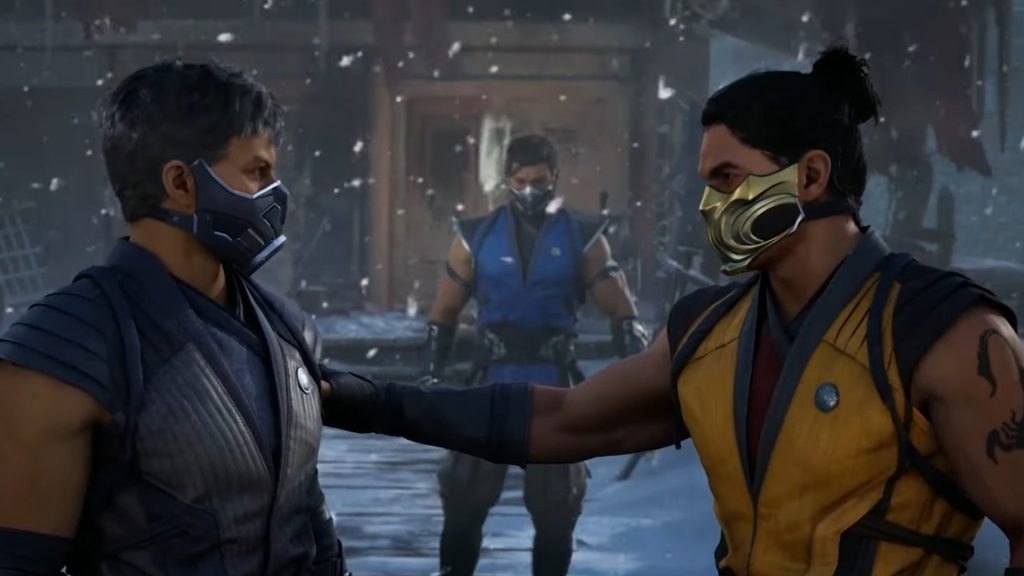
Story Campaign
The story campaign mode in Mortal Kombat 1 lasts for approximately five to six hours and follows a similar structure to previous games in the series. Players will assume the roles of different characters, including Reptile, Baraka, Johnny Cage, and Li Mei, as they progress through various chapters. The storyline combines elements of melodrama, campiness, and humor. Unlike previous games, there are no quick time events or character selection branches, except for moments involving the longstanding mini-game Test Your Might. The final chapter takes a ludicrous twist that effectively subverts modern Mortal Kombat campaign conventions.
Invasions Mode
Introducing the concept of Mortal Kombat’s own multiverse, the Invasions mode offers a progression-based single-player experience. Players choose a character and their accompanying Kameo fighter to explore interconnected maps filled with hundreds of nodes. The overworld map in Invasions combines elements from the Konquest mode of previous games with a structure reminiscent of Super Mario Bros. 3’s overworld map.
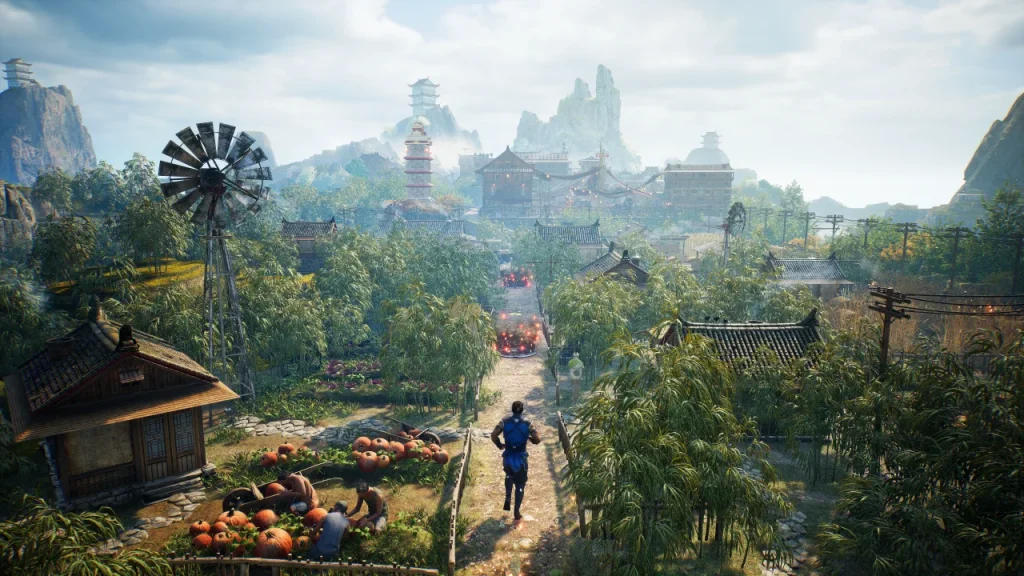
In Invasions mode, players can only move up, down, left, and right as they land on nodes. Each node presents various challenges, such as fights with augmented fighters and mini-games. Players can unlock rewards like currency, costumes, fatalities, and other unlockables by completing these challenges. The mode features a light role-playing system that allows players to upgrade their chosen character’s attributes, including health points, attack, agility, and equipment items. Invasions is built on a themed six-week seasonal schedule and will feature more challenges in the future. This mode is perfect for players who want to improve their skills without relying too heavily on arcade towers or online gameplay.
Immersive Audio-Visual Presentation
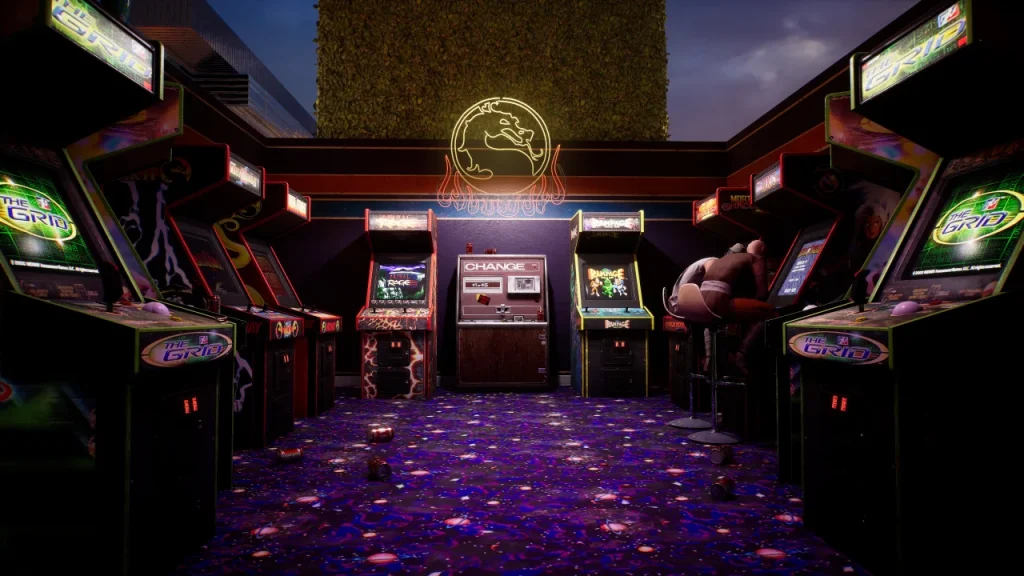
Mortal Kombat 1 is the first game in the series to be released exclusively for ninth-generation consoles, making it one of the best-looking and best-performing fighting games of the year. The game’s art direction is bold and colorful, setting it apart from the darker colors of Mortal Kombat X and Mortal Kombat 11.
Impressive Stages
The game’s world-building is impressive, starting with the stunning stages. From Johnny Cage’s beachside mansion to the gaudy Great Hall and frozen Ying Fortress, the stages are a highlight in themselves. Many of the stages have alternate time-of-day versions with different lighting touches, adding to their visual appeal.
Stunning Character Design
All of the characters and Kameo fighters look and animate fantastically during fights, thanks to NetherRealm’s customized Unreal 4 engine. Cloth physics and fluid simulation look especially great, and blood is translucent and leaves long trails that can hit objects on the stage and players. By the end of a match, stages and characters can look like a mess depending on what transpired during the bout. The real-time cutscenes that appear during the story campaign are particularly impressive and could be considered the best direction of the year.
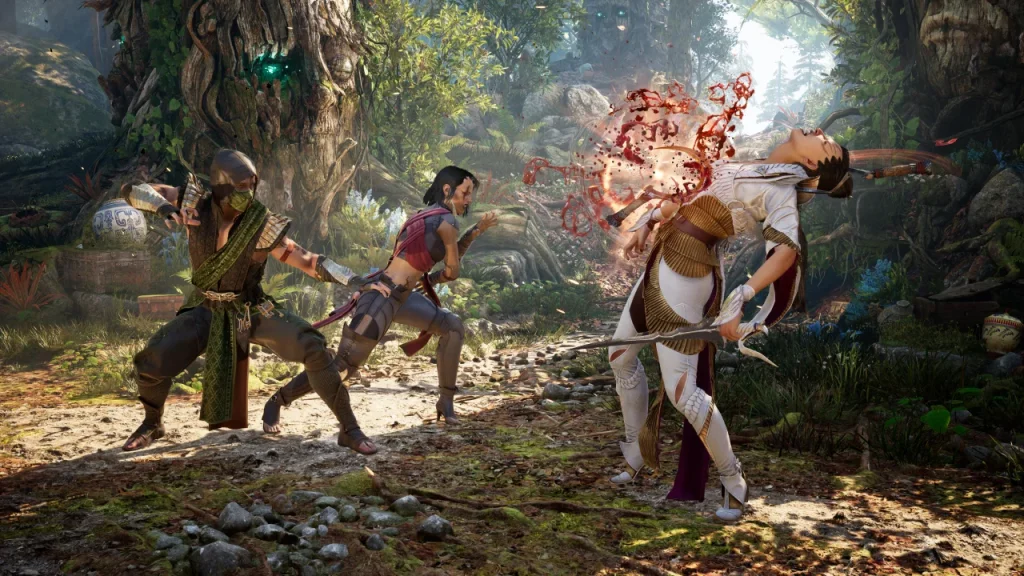
Mortal Kombat 1 boasts impressive technical performance, offering a 60 frames-per-second experience regardless of the version purchased. Both the Xbox Series X and PlayStation 5 versions deliver native 4K gameplay with some dynamic resolution, according to Digital Foundry. However, pre-match cinematics, Fatal Blows, and Fatalities are reduced to 30 fps due to their richer detail. The Nintendo Switch version has not been tested yet, but given the system’s hardware limitations, it is unlikely to offer the same experience as the PlayStation, Xbox, or PC versions.
The audio in Mortal Kombat 1 is also top-notch, with bone-crunching sound effects, an epic orchestral score, and impressive voice acting. The sound effects during fights are incredibly realistic and gory sounds during Fatalities deserve special recognition. The game also features notable voice-casting choices, such as Kelly Hu as Li Mei and Megan Fox as Nitara.
Everything We Did Not Like About Mortal Kombat 1
No New Playable Characters
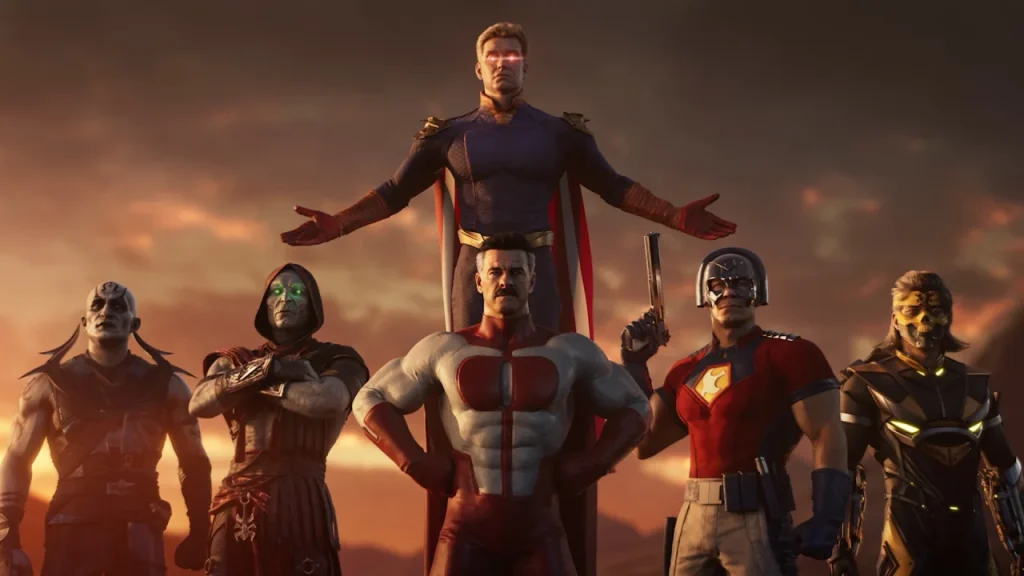
Mortal Kombat 1 does an excellent job of reintroducing series favorites like Sub-Zero, Scorpion, and Mileena in clever ways, providing a sense of familiarity and freshness that establishes the new timeline this iteration takes place in. The game also brings back characters from Deadly Alliance and Deception, such as Ashrah and Havik, and features special appearances from characters throughout the series’ history in various modes.
However, it would have been great to see some new characters introduced into the series, as was done in MKX and MK11. While the MK universe has over 70 playable characters, the 2011 reboot took the same approach. The game spends a lot of time finding new ways to recycle existing fighters, so the possibilities for new characters feel somewhat limited.
The upcoming DLC for Mortal Kombat 1 will introduce guest characters like Omni-Man from the animated Amazon Prime Video show Invincible and Peacemaker (played by John Cena) from the hit Max series. However, the base game’s lack of fresh characters is slightly disappointing.
They Removed The Krypt
Players have been able to unlock new costumes, artwork, and other items using the Krypt since MK Deadly Alliance. Mortal Kombat 11 expanded on this mode with a third-person adventure that included puzzle-solving and a crafting mechanic, as well as light combat. Set on Shang Tsung’s island, the mode added to the game’s replay value.
In Mortal Kombat 1, players can earn new items through Invasions and currencies earned from various modes, including fighting and microtransactions. While Invasions adds replay value to the game, it feels more like an extension of MK11’s Towers of Time mixed with Deadly Alliance’s Konquest mode. As a replacement for The Krypt, it falls short.
Simplistic Multiplayer Features
Online play is an essential aspect of any modern fighter, allowing players to compete against opponents from around the world. Fortunately, Mortal Kombat 1 delivers a smooth and issue-free online experience thanks to its rollback netcode. However, compared to previous games, the online multiplayer offerings feel somewhat lacking. Currently, there are no features similar to Co-Op Tower or Factions. At launch, only ranked, kasual (including Versus and King of The Hill), and private matches are available. The Warrior Shrine mode is locked and labeled as “coming soon.”
The biggest drawback of Mortal Kombat 1’s online offerings is the absence of cross-play at launch. With the game available on PS5, Xbox Series X|S, Switch, and PC, the inability to play against friends on different platforms feels somewhat outdated. NetherRealm has confirmed that cross-play will be implemented in a future update, but no specific date has been provided.
So, Is Mortal Kombat 1 a Good Game?
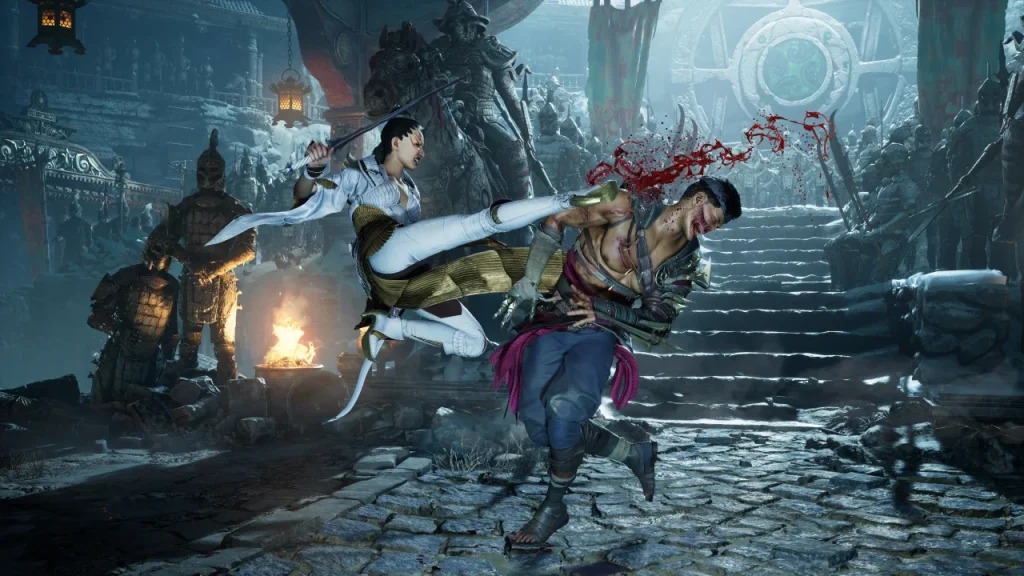
While Mortal Kombat 1 may not feel like the same significant leap as the 2011 reboot or subsequent games, it still has a lot going for it, especially in a year where classic fighter revivals are popular. The fighting system is accessible yet intelligent, and the single-player story mode takes the series in bold new directions. Additionally, the game’s presentation is top-notch.
However, it’s worth noting that multiplayer options are currently limited, and earning extras can feel somewhat awkward. Despite these drawbacks, Mortal Kombat 1 remains one of the best games released this year.
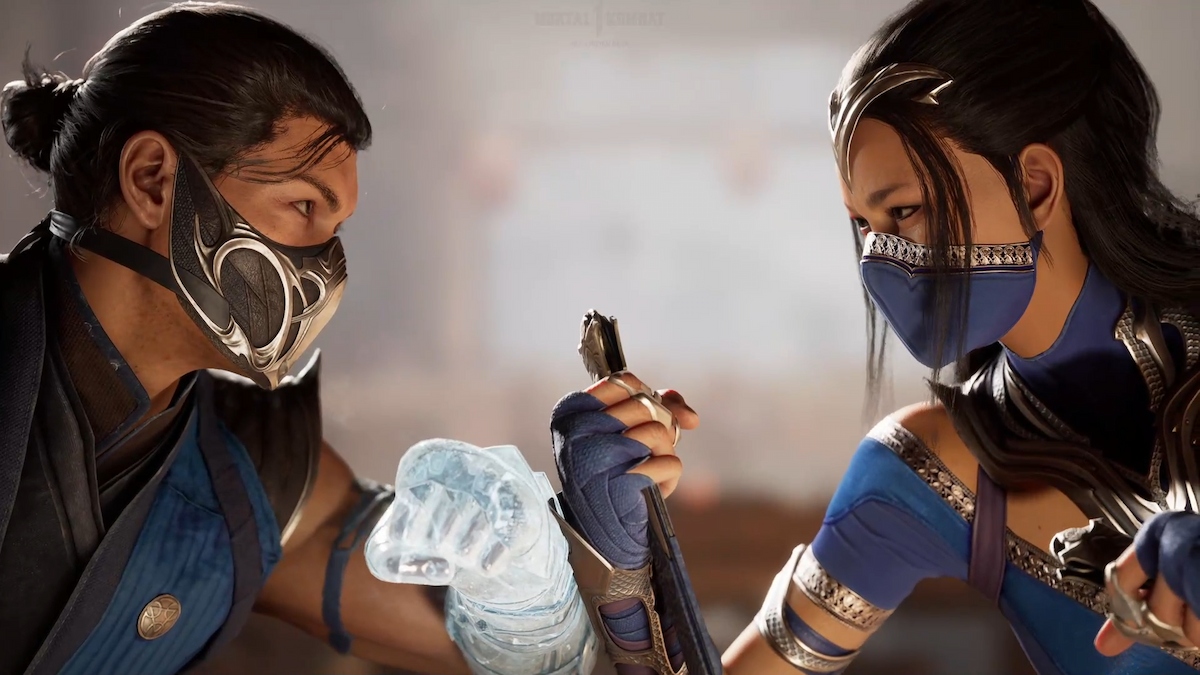
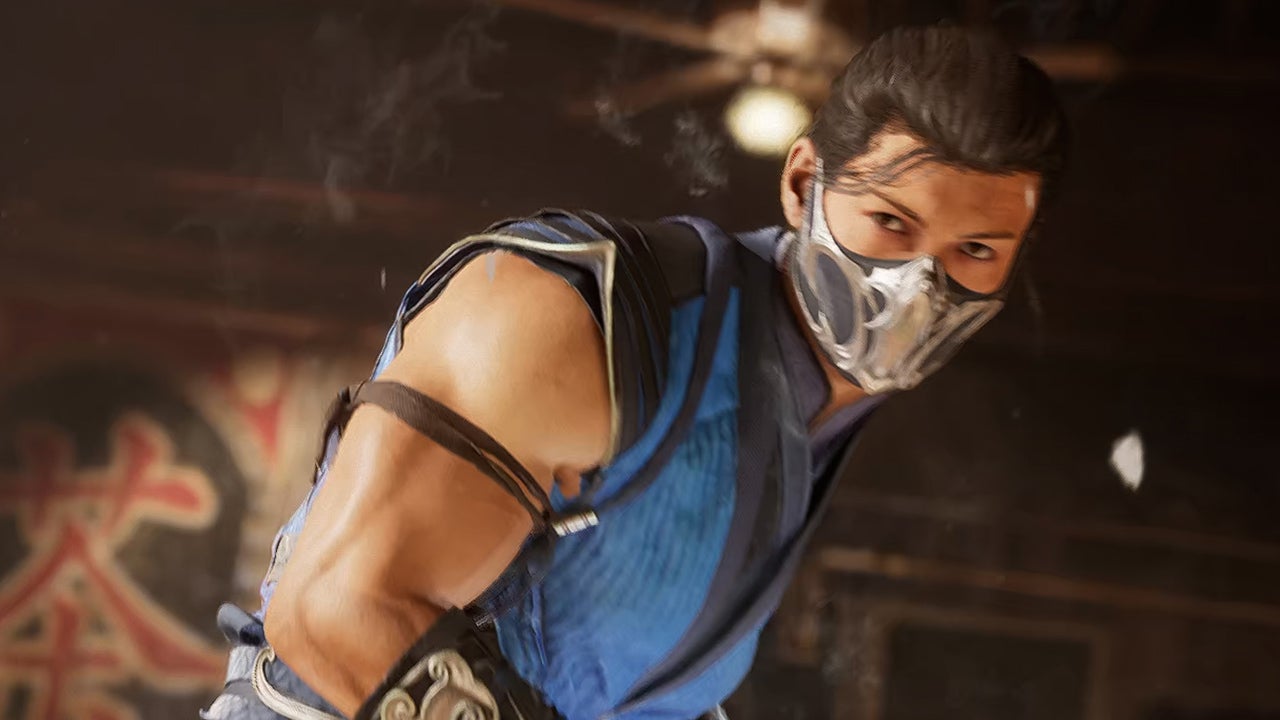
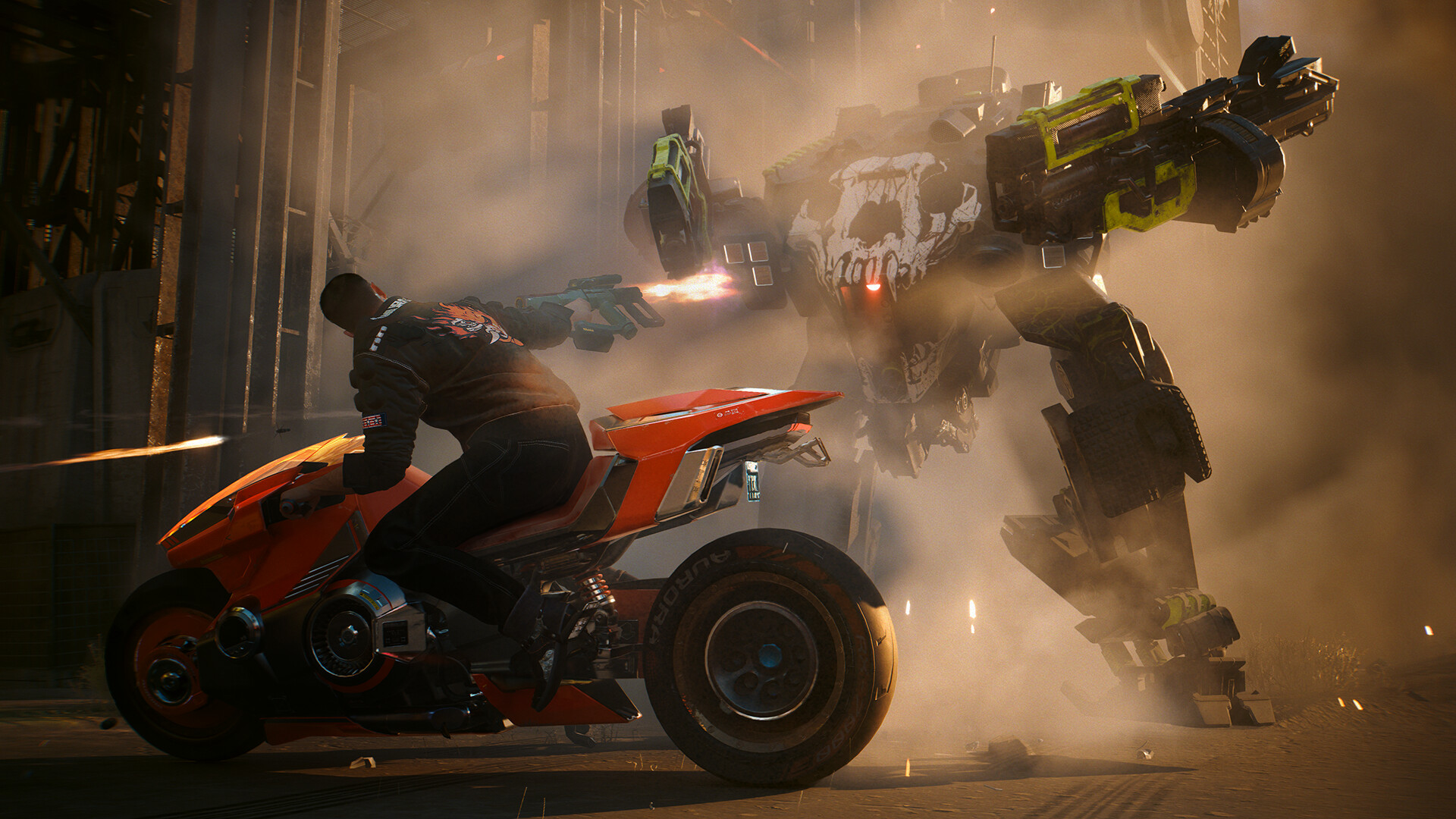
Leave a Reply